The sustainable fabric revolution is here, and bamboo viscose is leading the charge. With an astounding 26% growth in popularity over the past year, this eco-friendly material is captivating fashion enthusiasts and industry leaders alike. Its unparalleled softness, absorbency, and versatility make it a top choice for clothing and home textiles. As the demand for ethically-produced, comfortable, and durable fabrics surges, bamboo viscose is perfectly positioned to dominate the fashion landscape in 2024. Join us as we delve into the reasons behind this fabric’s meteoric rise and explore why it deserves a prime spot in your wardrobe and linen closet.
Table of Contents
What is bamboo viscose?
The rise of eco-conscious consumerism
Bamboo viscose vs. traditional fabrics
Versatility in fashion and home textiles
Caring for bamboo viscose products
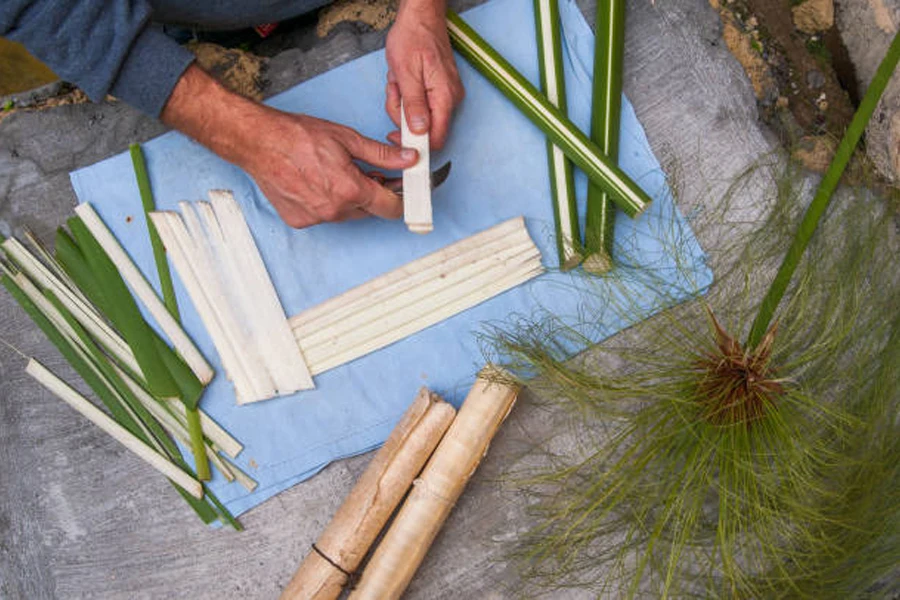
What is bamboo viscose?
Bamboo viscose is a remarkable fabric that has taken the fashion world by storm. Derived from the pulp of bamboo plants, this material undergoes a process that transforms the cellulose into soft, silky fibers. The result is a fabric that boasts a luxurious feel, making it a pleasure to wear against the skin.
One of the most notable features of bamboo viscose is its exceptional absorbency. This fabric can wick away moisture three to four times faster than cotton, ensuring that the wearer remains cool and dry throughout the day. This property makes bamboo viscose an ideal choice for activewear, as it efficiently regulates body temperature during exercise.
In addition to its moisture-wicking capabilities, bamboo viscose is also naturally hypoallergenic and antibacterial. These qualities make it an excellent option for individuals with sensitive skin, as it minimizes the risk of irritation and allergic reactions. The antibacterial properties also help to prevent the growth of odor-causing bacteria, keeping garments fresher for longer.
As consumers become increasingly mindful of the environmental impact of their purchases, bamboo viscose has emerged as a sustainable alternative to synthetic fabrics. Bamboo is a fast-growing, renewable resource that requires minimal water and pesticides to cultivate. By choosing bamboo viscose, fashion enthusiasts can enjoy the benefits of a high-quality fabric while reducing their ecological footprint.
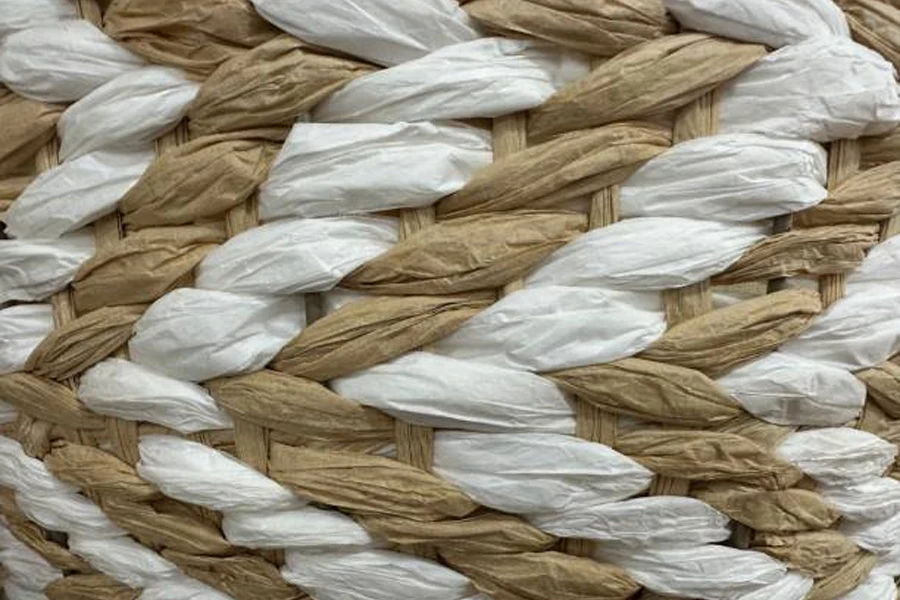
The rise of eco-conscious consumerism
The rise of eco-conscious consumerism has been a defining trend in recent years, and its impact on the fashion industry is undeniable. As awareness of environmental issues grows, more and more individuals are seeking out sustainable and ethically-produced clothing options. This shift in consumer preferences has led to a surge in demand for eco-friendly fabrics like bamboo viscose.
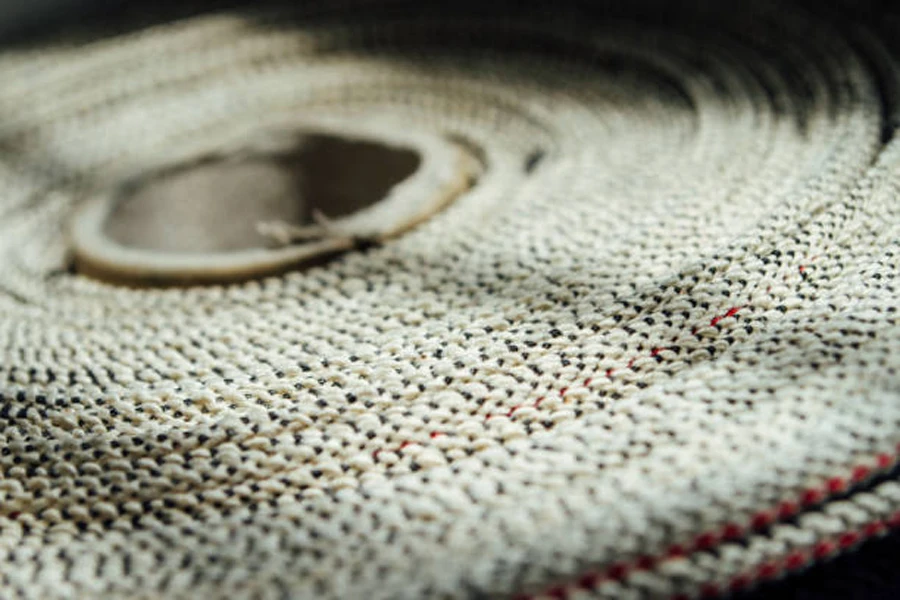
Bamboo viscose aligns perfectly with the values of eco-conscious consumers. Its natural origins and biodegradability make it a more sustainable choice compared to synthetic materials like polyester, which can take hundreds of years to decompose in landfills. By opting for bamboo viscose, fashion enthusiasts can feel good about their purchases, knowing that they are making a positive impact on the planet.
The sustainability of bamboo viscose extends beyond its end-of-life properties. Bamboo is a highly renewable resource, growing up to three feet per day without the need for excessive water or harmful pesticides. This means that the cultivation of bamboo has a minimal environmental footprint, unlike other crops such as cotton, which can be resource-intensive and contribute to soil degradation.
As the eco-conscious consumer movement continues to gain momentum, it is clear that sustainable fabrics like bamboo viscose will play an increasingly important role in the fashion industry. By embracing this trend, fashion brands and designers can not only meet the growing demand for environmentally-friendly options but also contribute to a more sustainable future for the planet.
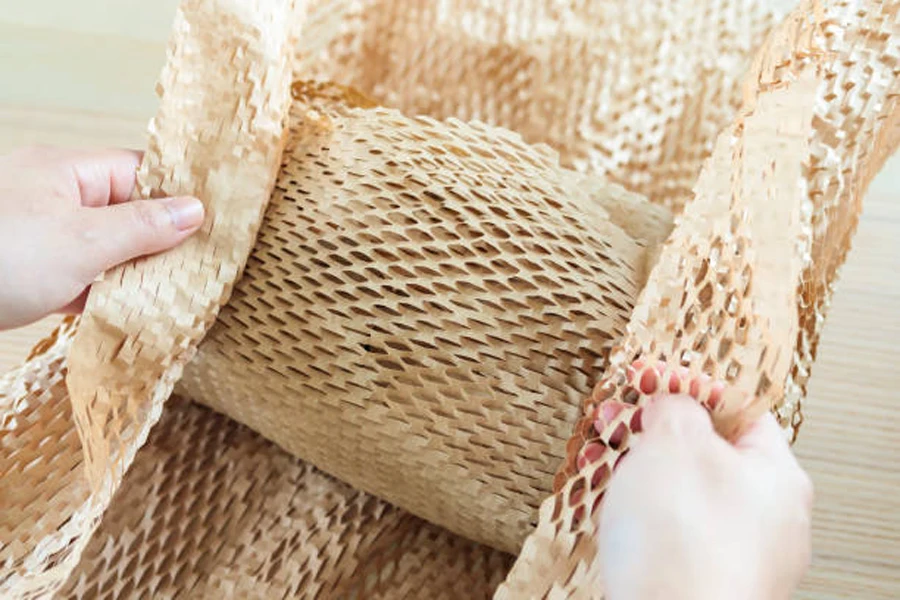
Bamboo viscose vs. traditional fabrics
When comparing bamboo viscose to traditional fabrics like cotton and linen, it becomes clear that this innovative material offers a range of unique benefits. One of the most striking differences is the softness and drape of bamboo viscose. Its silky smooth texture and fluid movement create a luxurious feel that surpasses the comfort of many conventional fabrics.
In terms of performance, bamboo viscose outshines its traditional counterparts. Its exceptional moisture-wicking properties keep the skin dry and comfortable, even during intense physical activity. This makes bamboo viscose a top choice for activewear and athleisure clothing, as it provides superior comfort and breathability compared to cotton or synthetic materials.
Bamboo viscose also boasts hypoallergenic and antibacterial properties, which are not typically found in traditional fabrics. These qualities make it an ideal choice for individuals with sensitive skin or those prone to allergies. The natural antibacterial properties of bamboo viscose help to prevent the growth of odor-causing bacteria, ensuring that garments remain fresh and clean for longer periods.
From an environmental standpoint, bamboo viscose has a distinct advantage over traditional fabrics. While cotton cultivation often relies on large amounts of water and pesticides, bamboo requires minimal resources to grow and thrive. This eco-friendly aspect of bamboo viscose aligns with the increasing demand for sustainable fashion options, making it a compelling choice for both consumers and designers alike.
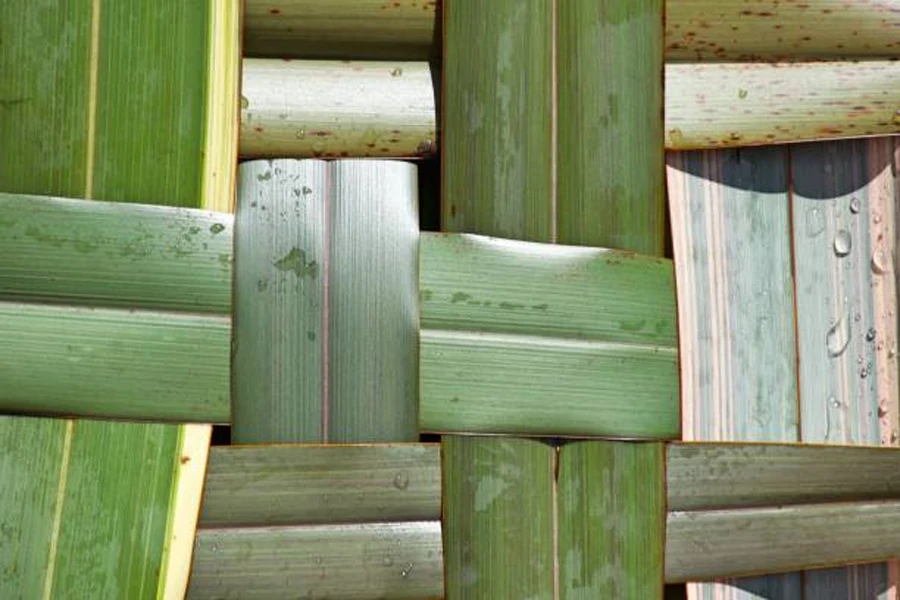
Versatility in fashion and home textiles
Bamboo viscose’s versatility is one of its most remarkable qualities, making it a popular choice across various sectors of the fashion and home textile industries. In the realm of clothing, bamboo viscose lends itself to a wide array of styles and designs. Its soft, flowing nature makes it perfect for creating elegant dresses, skirts, and blouses that drape beautifully on the body. At the same time, its moisture-wicking and breathable properties make it an excellent choice for activewear and casual clothing.
The adaptability of bamboo viscose extends beyond fashion and into the world of home textiles. Its luxurious feel and hypoallergenic properties have made it increasingly popular for bedding, such as sheets, duvets, and pillowcases. Many people find that bamboo viscose bedding provides a more comfortable and restful sleep experience, as it regulates temperature and prevents the buildup of allergens.
In addition to bedding, bamboo viscose has found its way into other home textile products, such as towels and curtains. Its absorbency and quick-drying capabilities make it an ideal material for bath and hand towels, while its draping qualities create stunning, flowing curtains that add a touch of elegance to any room.
The versatility of bamboo viscose has not gone unnoticed by designers and manufacturers. As the demand for sustainable and multi-functional fabrics continues to grow, it is likely that bamboo viscose will find even more applications in the fashion and home textile markets, cementing its position as a go-to material for a wide range of products.

Caring for bamboo viscose products
Proper care is essential to maintain the quality and longevity of bamboo viscose products. While this fabric is known for its durability, following a few simple guidelines can help to ensure that bamboo viscose items remain in excellent condition for years to come.
When it comes to washing bamboo viscose, it is best to use cold water and a gentle cycle. This helps to prevent shrinkage and maintain the fabric’s soft, silky texture. Using a mild, eco-friendly detergent is also recommended, as harsh chemicals can break down the fibers over time. It is important to avoid bleach and fabric softeners, as these products can damage the delicate fibers of bamboo viscose.
To dry bamboo viscose, it is advisable to hang items or lay them flat to air dry. Tumble drying on a low setting can be used, but it is crucial to remove the items from the dryer promptly to minimize wrinkling. If needed, bamboo viscose can be ironed on a low setting, but it is best to use a steamer or iron the garment inside-out to protect the fibers from direct heat.
By following these simple care instructions, bamboo viscose products can maintain their luxurious feel, vibrant colors, and overall quality. As the popularity of this sustainable fabric continues to grow, it is essential for manufacturers and retailers to provide clear care guidelines to ensure customer satisfaction and to promote the longevity of these eco-friendly products.
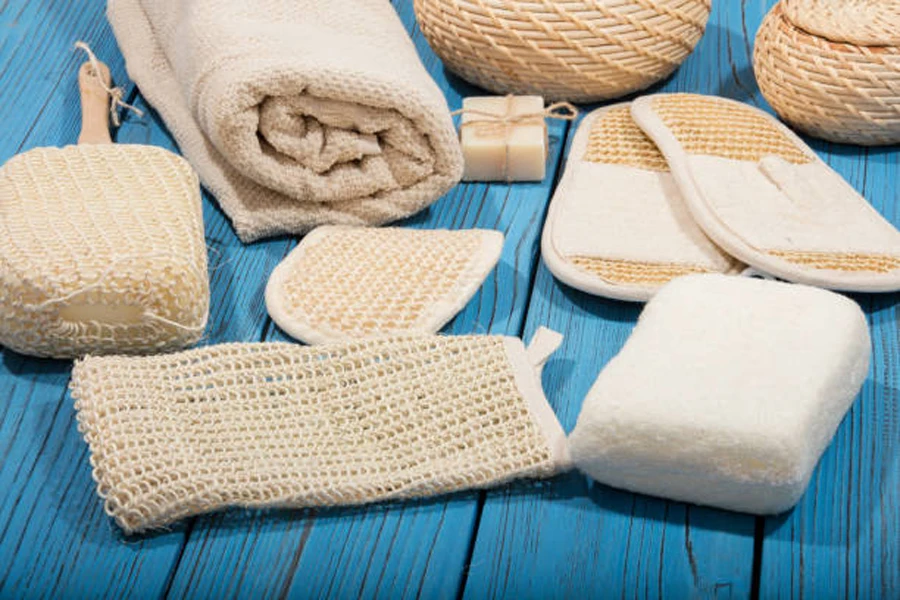
Conclusion
As the fashion industry continues to evolve and prioritize sustainability, bamboo viscose emerges as a frontrunner in the eco-friendly fabric revolution. With its unparalleled softness, breathability, and versatility, bamboo viscose offers a compelling alternative to traditional materials. Its growing popularity reflects a shift in consumer values, as more people seek out clothing and home textiles that are both environmentally responsible and exceptionally comfortable. As the demand for bamboo viscose surges, it is clear that this remarkable fabric is not just a passing trend, but a glimpse into the future of sustainable fashion. Embracing bamboo viscose is not only a stylish choice but also a step towards a greener, more conscientious world.
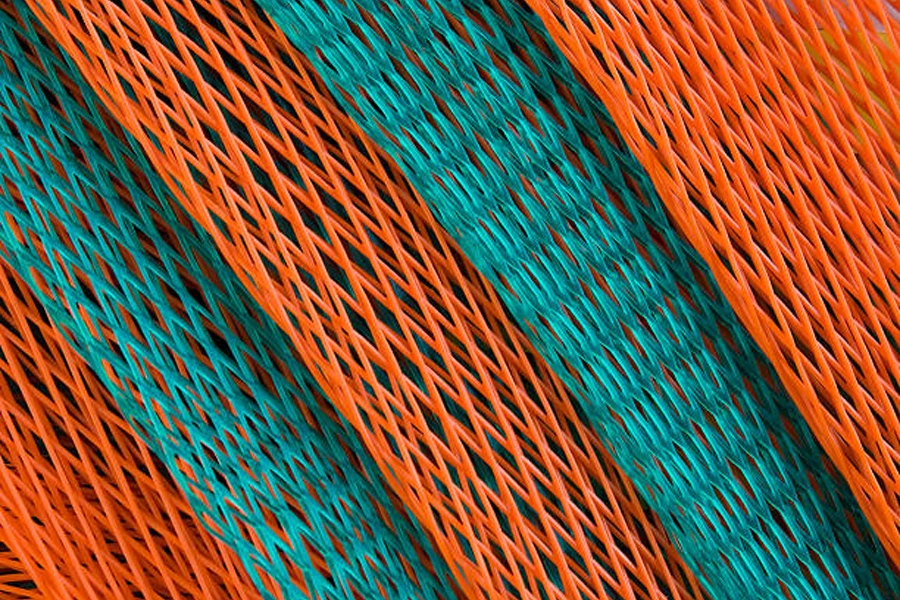

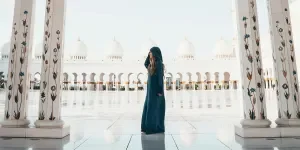
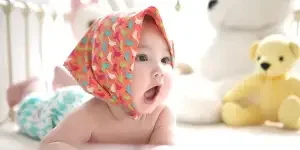
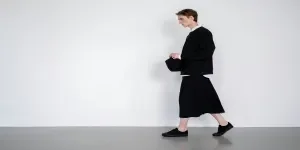

 Afrikaans
Afrikaans አማርኛ
አማርኛ العربية
العربية বাংলা
বাংলা Nederlands
Nederlands English
English Français
Français Deutsch
Deutsch हिन्दी
हिन्दी Bahasa Indonesia
Bahasa Indonesia Italiano
Italiano 日本語
日本語 한국어
한국어 Bahasa Melayu
Bahasa Melayu മലയാളം
മലയാളം پښتو
پښتو فارسی
فارسی Polski
Polski Português
Português Русский
Русский Español
Español Kiswahili
Kiswahili ไทย
ไทย Türkçe
Türkçe اردو
اردو Tiếng Việt
Tiếng Việt isiXhosa
isiXhosa Zulu
Zulu